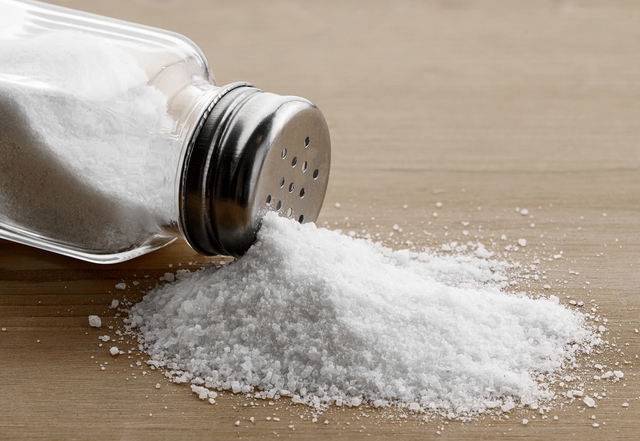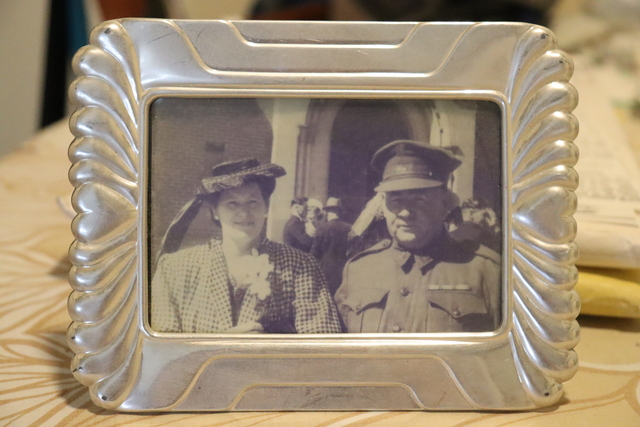If you think Windows runs your home PC, then think again. At the core of each computer, embedded into a chip on your motherboard, is a little firmware program called the BIOS.
It stands for Basic Input/Output System, but in plain English, it provides the bare bones of support so users can install an operating system on their computer after they’ve first constructed it.
The BIOS is also the heart-starter – it boots the computer and readies hardware so that Windows can load and the computer can work.
Of course, if you purchased your computer ready-made, the BIOS is something you might be unfamiliar with.
Computer aficionados will find the BIOS can provide many hours of tinkering pleasure to turn their machines into efficient and high-performance beasts.
Within the BIOS, it is possible to overclock, and even underclock your processor to make your machine perform faster or slower.
It is also possible to enable or disable certain hardware features, including on-board hardware such as ethernet ports, sound and video cards, and modems – thus avoiding hardware conflicts.
But working within the BIOS is a feature recommended for experts only.
Not only is the method of entry almost top-secret, in that the user has to quickly tap the ‘delete’ key at the moment the computer is first switched on, but the BIOS is full of computer mumbo jumbo that barely makes sense to computer experts, let alone the lay person.
If you accidentally enter your BIOS and change the settings – and don’t know what you’ve done – then do not worry.
Re-enter the BIOS by hitting the ‘delete’ key upon booting up, and before hitting anything else, look for the option that allows you to ‘load default settings’ and select that, save and then exit.
Every BIOS is slightly different in its offerings, some might have the option to load ‘fail-safe defaults’, or ‘optimised defaults’.
Both should suffice, but the optimised defaults will ensure your computer is not underclocked, meaning it will run at its intended speed.
In a recent example, E-Talk tested fail-safe defaults for a week.
But a conflict arose with new online video game, Lord of the Rings Online, when the hard drive began spinning down and then up erratically during gameplay.
The BIOS can be fun to tinker with, but at the same time the fact fail-safe defaults caused a conflict really highlights how difficult it can be to work with.
The optimised defaults eliminated the problem, increased computer speed to normal – but then failed to recognise a Serial ATA hard drive.
Again, this was fixed by changing the BIOS’ Serial ATA setting – but it required computer knowledge to do so.
So if in doubt, do not fear – E-Talk strongly recommends that you call your local computer technician.
Otherwise a damaged BIOS can literally kill your computer.
The ins and outs of BIOS
Digital Editions
-

New year, healthy you: Get ready for 2026 with these simple steps to lower your cancer risk
It’s never too early to start making your New Year’s resolutions, especially when it comes to improving your health and lowering your cancer risk. With…





